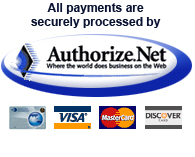Learn CPR NYC - Middle Village
Learn CPR New Jersey - Moorestown
101 East Main Street
Suite 201
Moorestown, NJ 08057
(Entrance on Chester Avenue)
 Office: 609 385-2717
Office: 609 385-2717
Learn CPR New Jersey- Fort Lee
304 Main Street
Fort Lee, NJ 007605
 Office: 609 385-2717
Office: 609 385-2717
Learn CPR NYC- Forest Hills
69-10 Yellowstone Blvd
Forest Hills, NY 10306
 Office: 646.575.4474
Office: 646.575.4474
Learn CPR NYC- Rosedale
140-17 243rd Street
Rosedale, NY 11422
 Office: 718.808.2406
Office: 718.808.2406
 Office: 516.596.8683
Office: 516.596.8683
Learn CPR NYC - Bayridge
104 Bay Ridge Avenue
Brooklyn, NY 11220
 718-314-2828
718-314-2828Learn CPR NYC - Manhattan
10 Grand Central
New York, NY 10017
Suite 76 6th Floor
 844.482.8677
844.482.8677 infoDelaware@learncprnyc.com
infoDelaware@learncprnyc.comLearn CPR NYC - Dover De
24 Hiawatha Lane
Dover, DE 19904
 7443-223-0578
7443-223-0578 infoDoverDe@learncprnyc.com
infoDoverDe@learncprnyc.com


 917-745-0110
917-745-0110

